We really were weather bound in Milford Haven as the winds and waves precluded us from leaving to cross the Irish Sea to Kilmore Quay. So we decided to explore the countryside and industry of this part of the Welsh Coast.
The photos describe an ever changing landscape for Milford Haven. From its early years as a whaling processing port and fishing port, Milford has adapted to the changes in its fortunes embracing new technologies as the need arises. During the second world war, despite its strategic importance as the home of a large fish market, a mines depot, a flax factory, and housing numerous military personnel, Milford escaped serious damage from German bombings and was instrumental in parts of the planning for the D Day Landings. The large independent homes of the wealthy from that time can be seen in the higher curve of the bay.
Esso built the first oil refinery in the 1960s and laid the foundations for Milfords success today. It became a commercial dock and by 2010 it was the 4th largest in the UK in terms of its contribution to the energy sector needs of the country. Once past the entrance of the port after a 90 degree turn to Starboard the huge refineries and berthing piers for the tankers can be seen stretching for miles. The tankers themselves are huge and often require 3 enormous tugs to help them berth. We saw one of the tugs in dry dock – its propellers were something to behold!
What really struck us as we wandered the coastal paths in strong winds was the juxtaposition of the new cleaner energy production of wind and solar energy and the huge pipelines and refineries required to satisfy our energy needs.
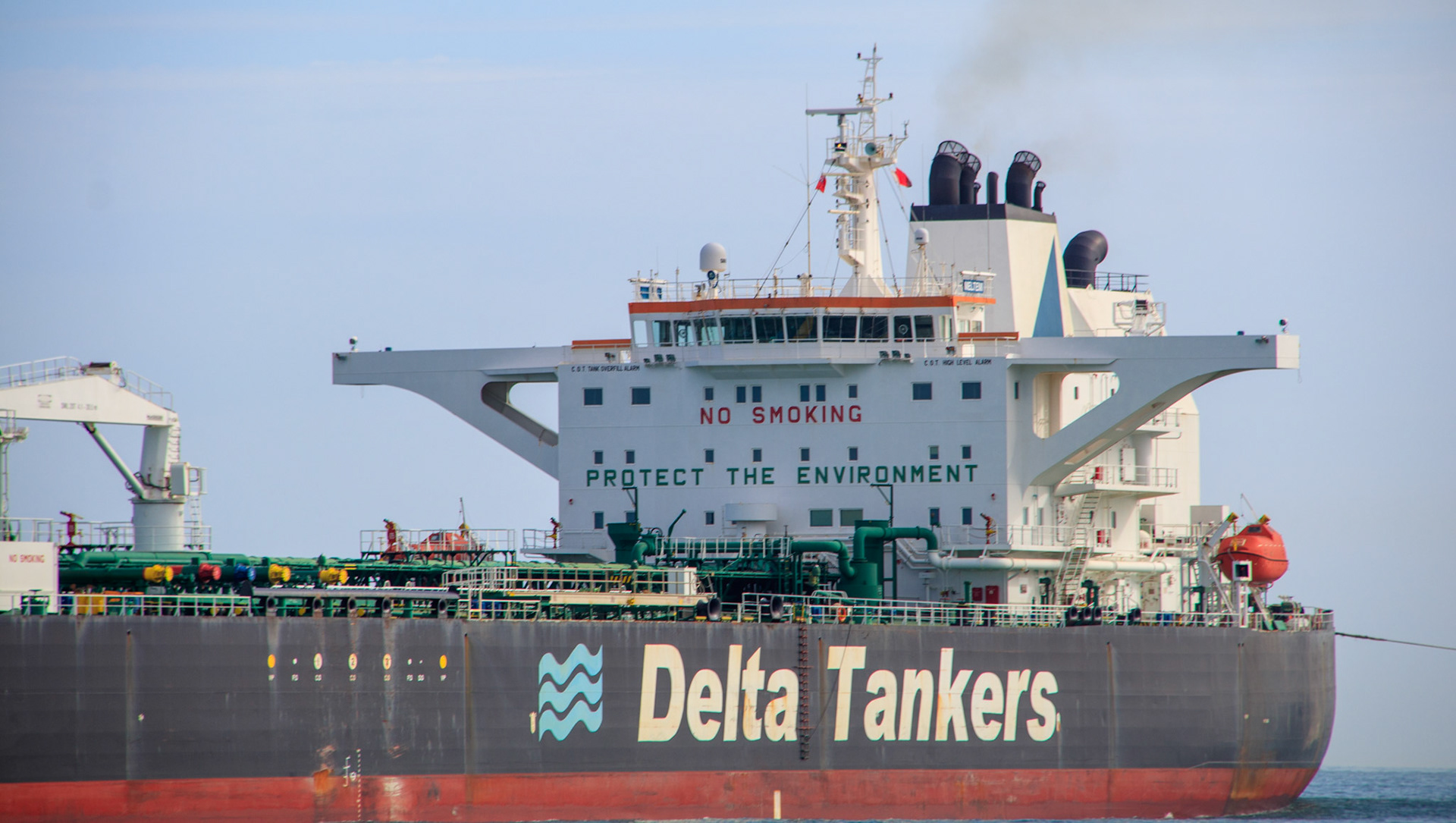
All that oil and well placed sign!

The future, but not enough.
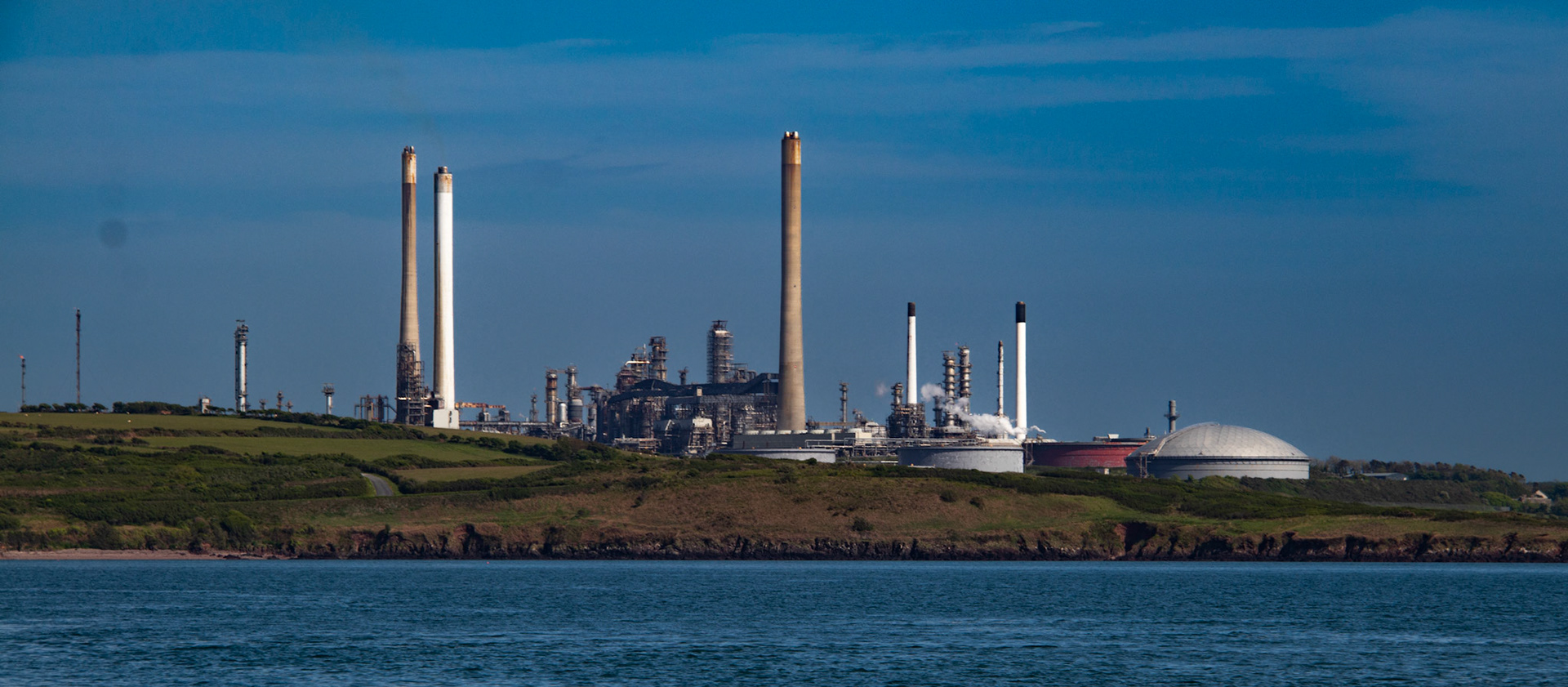
Essential for living

We kept clear of this one.
Listen to the sound of the wind as energy is produced
Eventually the winds and sea swell eased enough for us to contemplate leaving and we departed Milford on Sunday 15 May and headed out towards Skomer. There is a delightfully named race running between Skomer and the mainland called Jacks Sound – it has a very well earned fearsome reputation but catch it at the right stage of the tide and it is an exciting and fast (we reached 11kts) race through to North Haven, saving a few miles around the island. What a delight the anchorage turned out to be. We were entertained by hundreds of puffins, manx shearwaters and razorbills all intent on fishing, diving and giving us an amazing display of their individual idiosyncrasies. The sky was full of the birds and watching the sunset as they quietened down for the night was a real treat. There are four mooring buoys for visitors laid in this anchorage and although quite a swell runs through it, we had a very peaceful visit. 0600 the following morning saw us head off to the west crossing the Irish Sea or St George’s Channel, whichever you prefer!
This was the most perfect sail of the year so far. In 15-25kts of wind from the SW one reef in the main, full head sail and a quartering easy sea gave us an average of 6kts over the 9 and a half hours to Kilmore Quay.
There is a delightfully named race running between Skomer and the mainland called Jacks Sound – it has a very well earned fearsome reputation but catch it at the right stage of the tide and it is an exciting and fast (we reached 11kts) race through to North Haven, saving a few miles around the island.


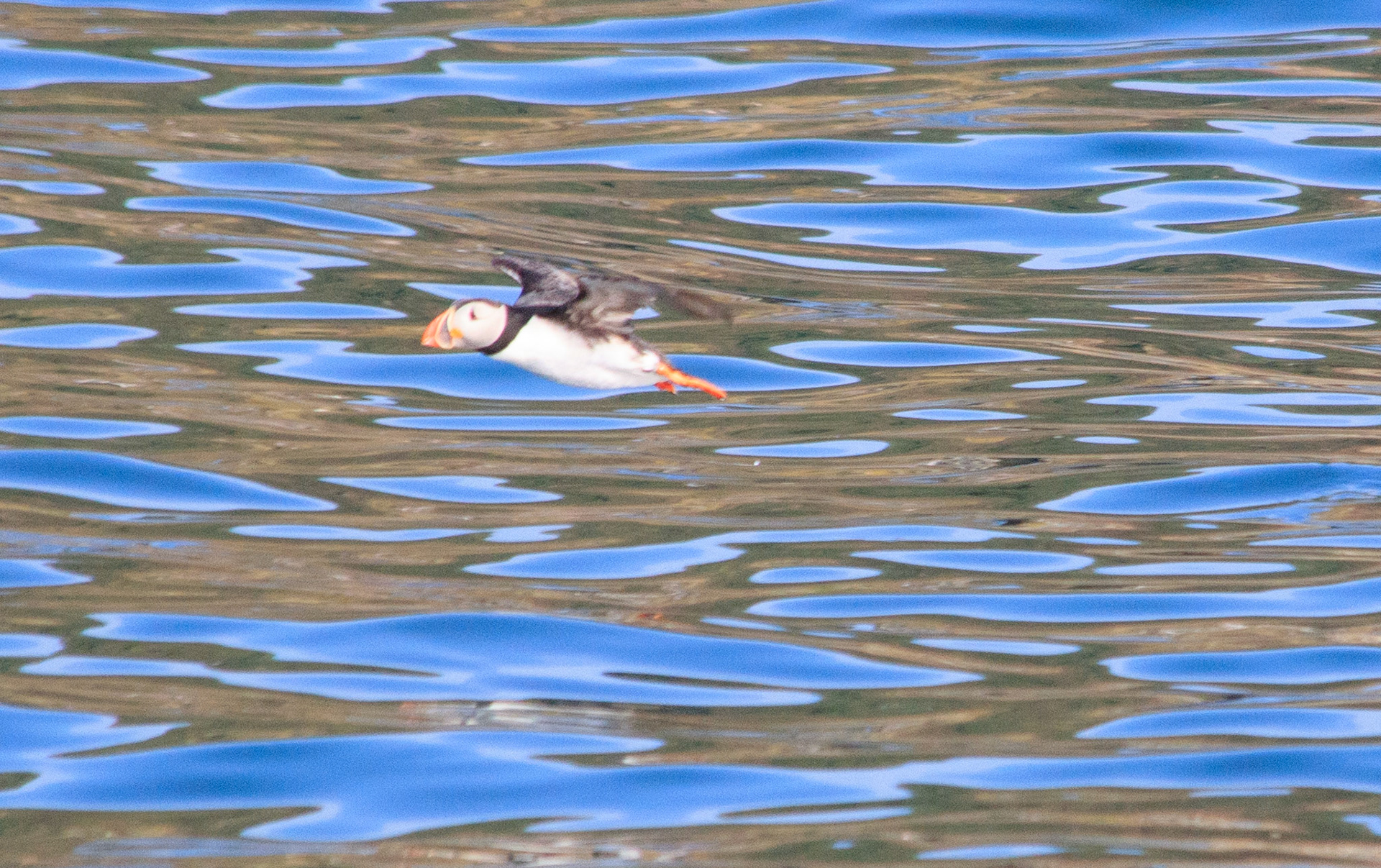
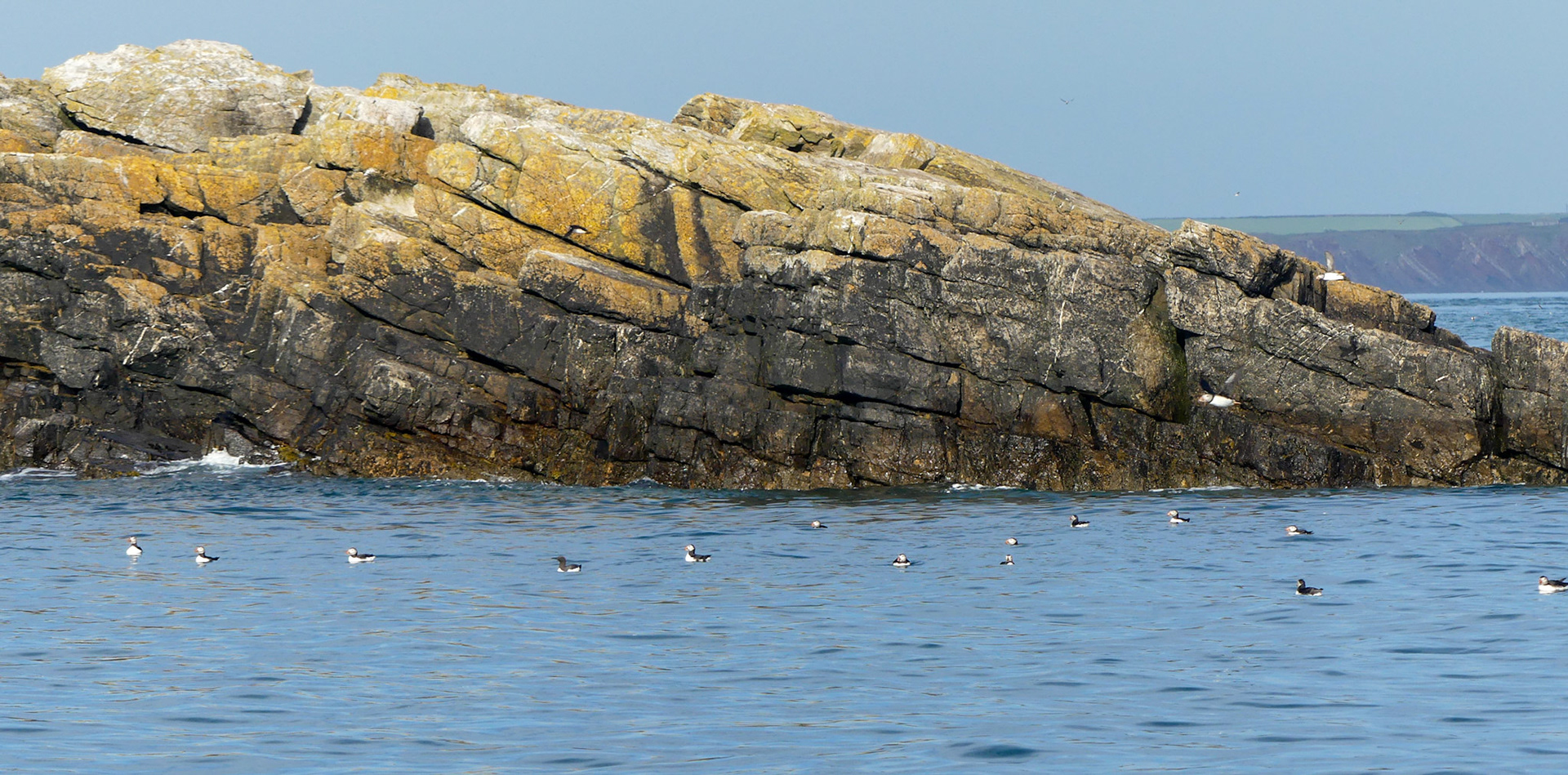

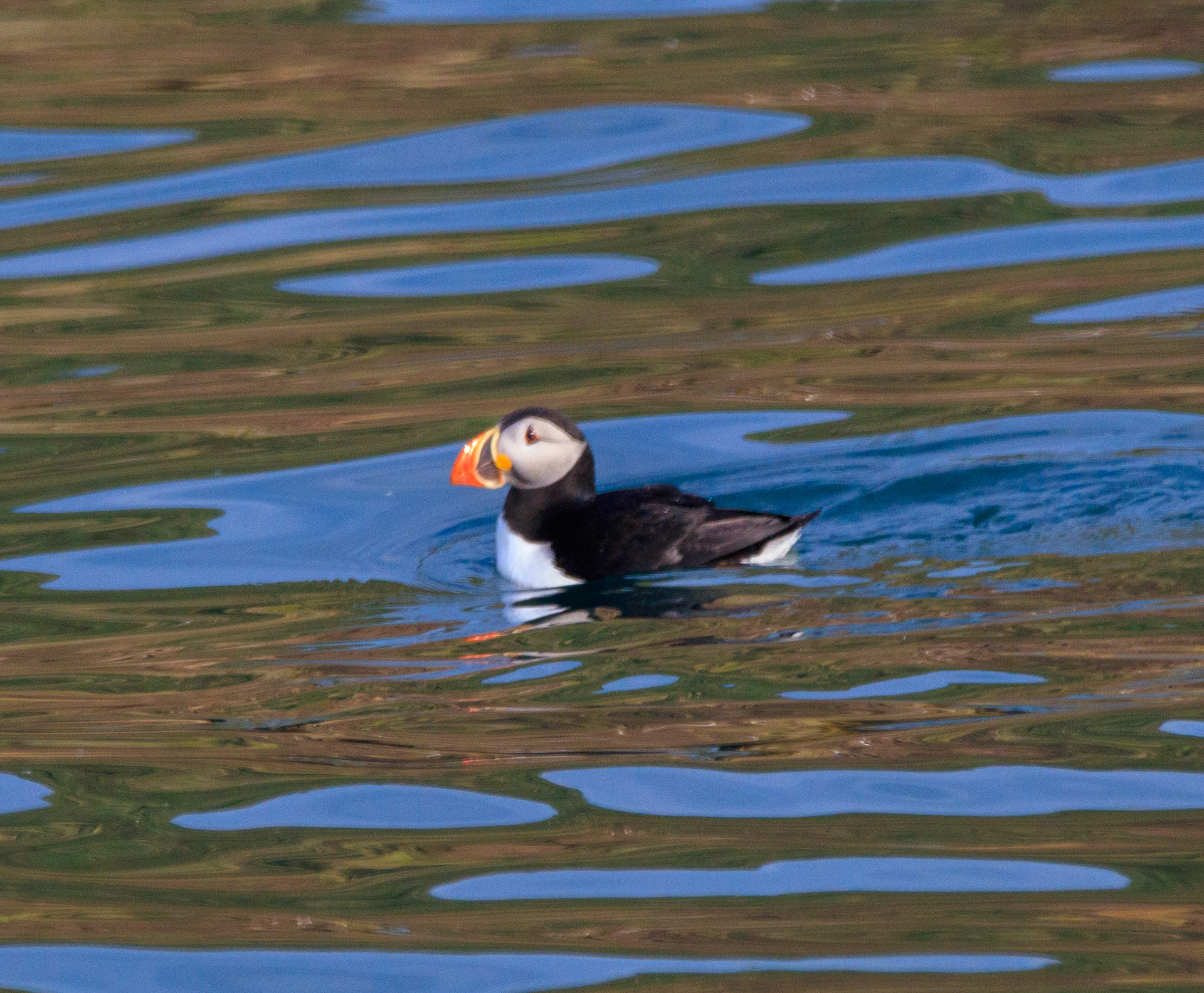

Aren't I beautiful?
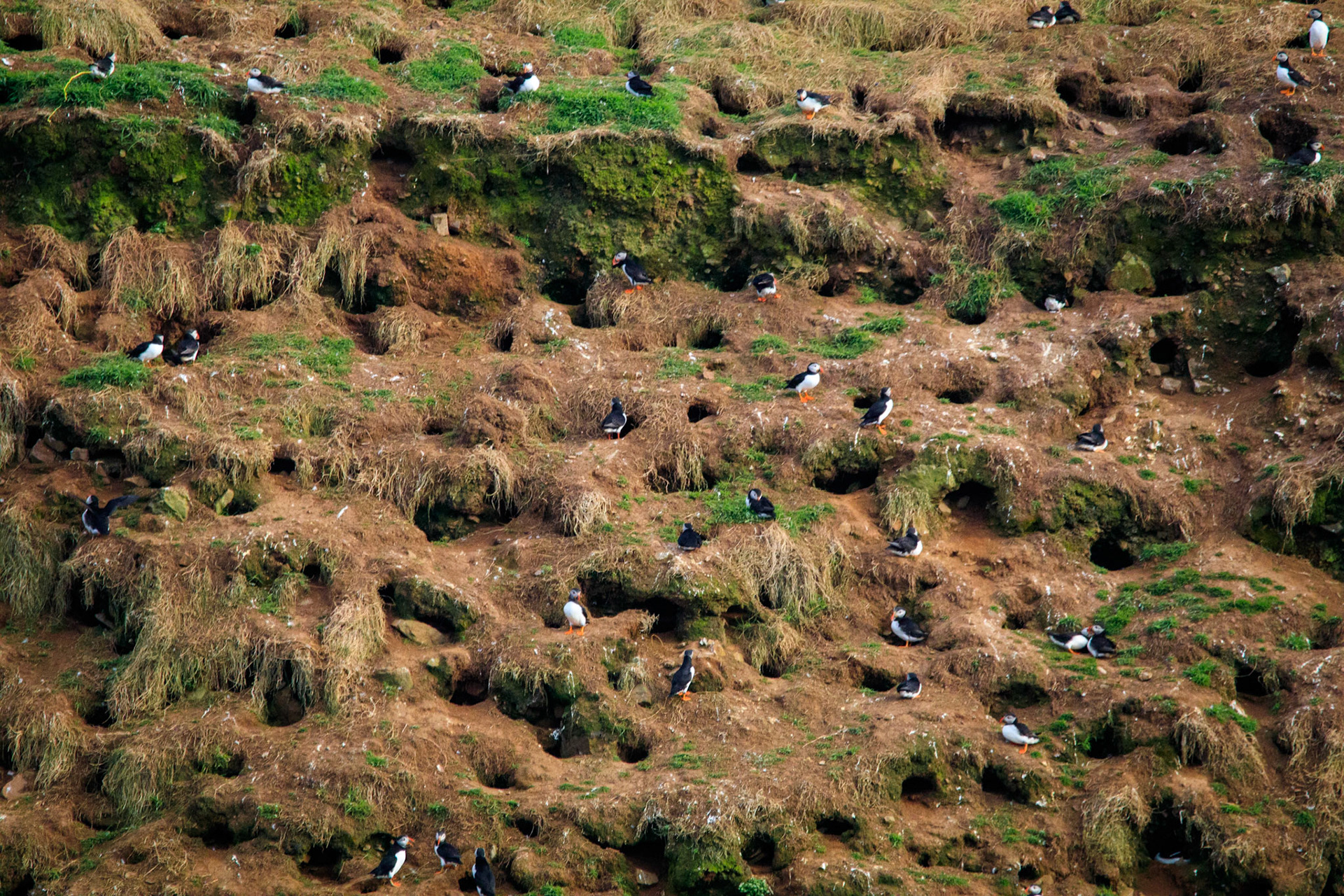
puffin puffin puffin

Nearly off
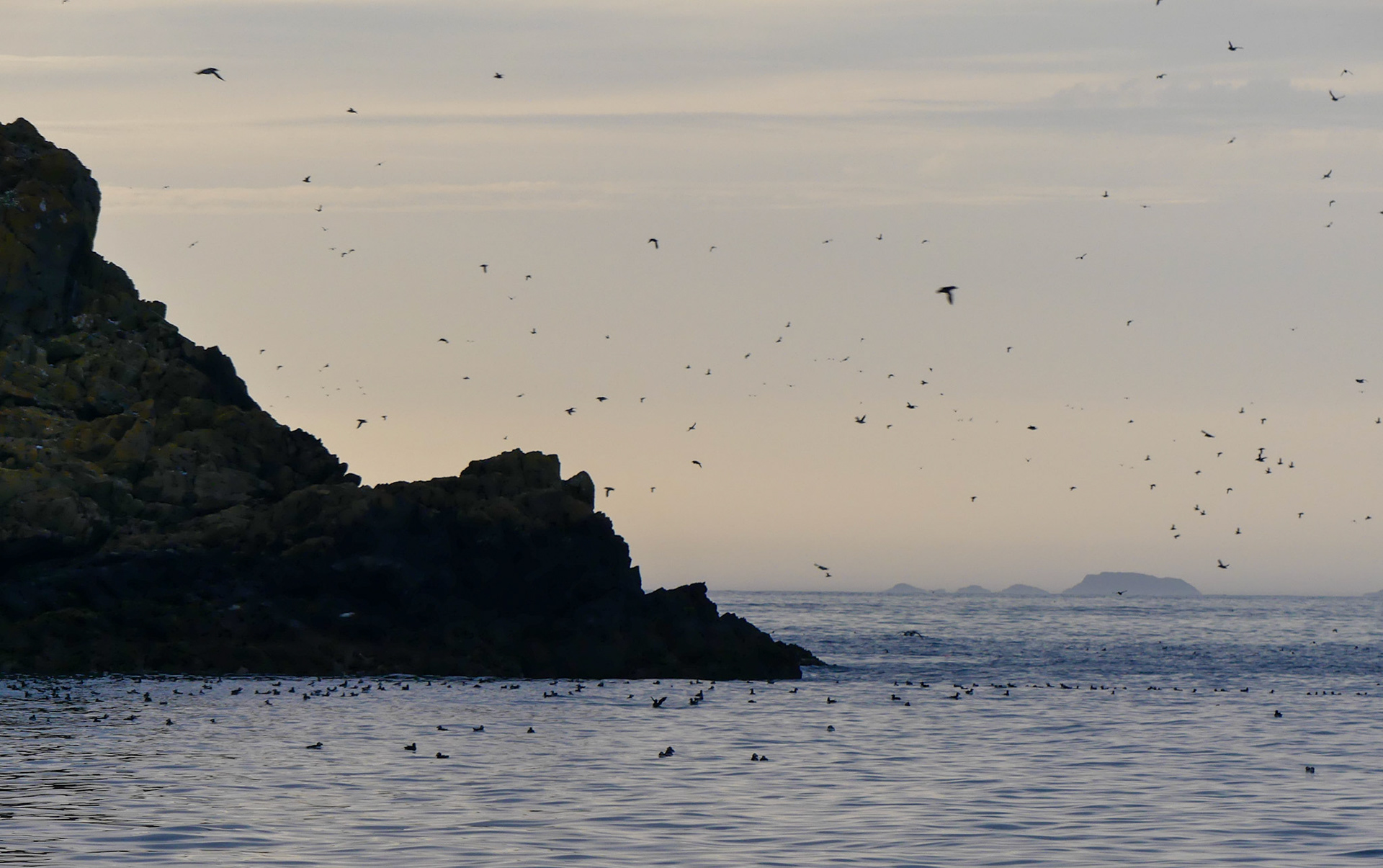
lots of puffins
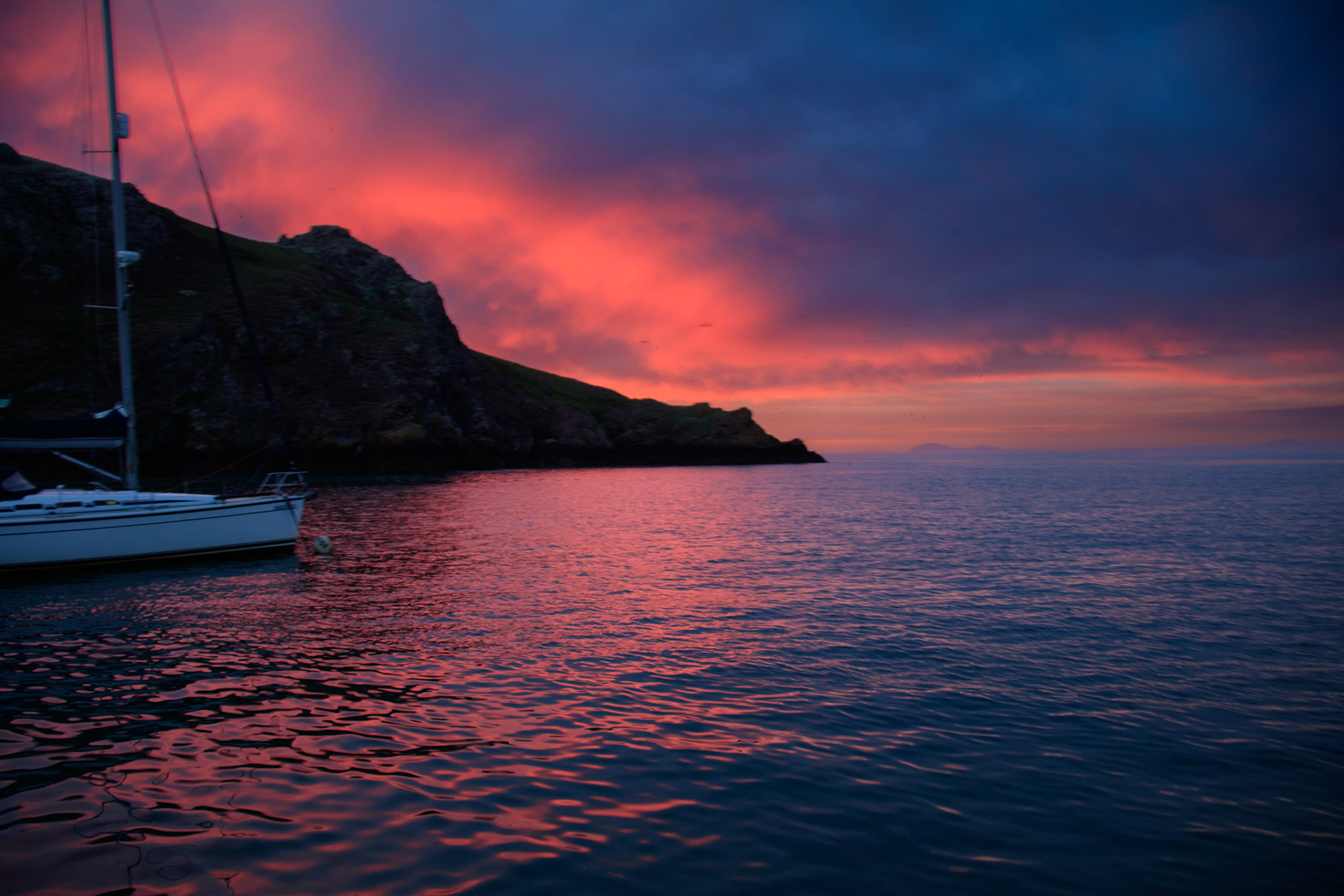
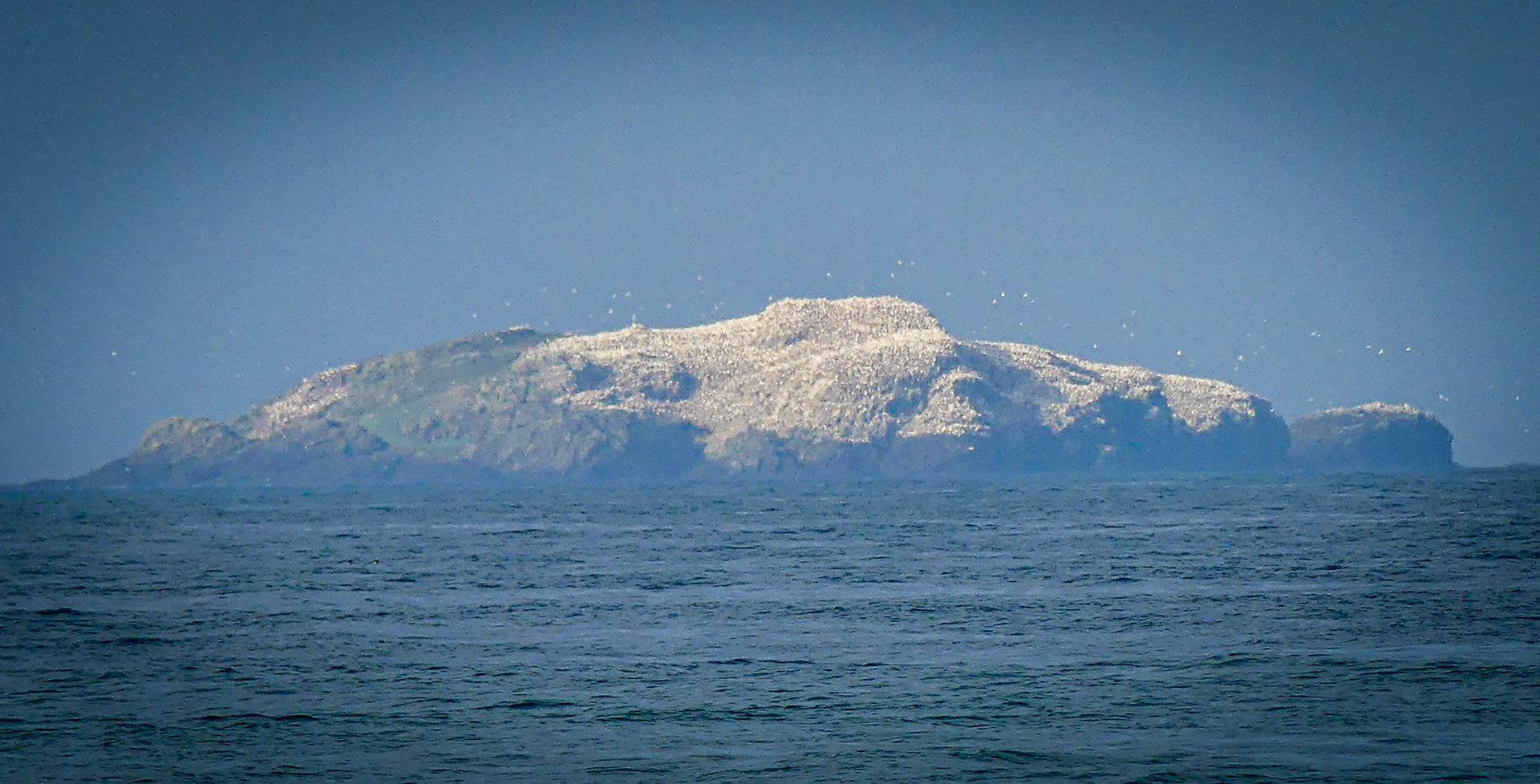
Grassholm
The tides run strongly in the approache to Kilmore as it sits snugly facing both the Atlantic and the Irish Sea. Approaching the harbour we needed to ensure we passed through St Patrick’s Bridge, a sandbar that marks the only safe passage through to the quay about half tide. Either side of the buoys marks the edge of the long rocky causeway out to the Saltees. A sharp turn to the north by the fairway buoy and rigidly following the leading lines towards the entrance kept us focused for the last 30 minutes of our passage. The cross tides after the buoy and the swell leading into the entrance meant we had to judge our ferryman’s drift accurately or end up on the shore. The turn into the harbour was crowded with huge fishing vessels and our allocated spot “on the hammerhead” was already full, so a quick scan up the nearest pontoon gave us the confidence to meander up one of the pontoons and pick a vacant berth. We were greeted by one of the Atlantic seals as we turned into the berth who promptly dived as we approached – thankfully!
Again weather bound with strong winds and 2.8 mtre swells kept us in Kilmore Quay for a few days longer than planned. We visited Wexford on Monday to get Nicks tooth refilled, (Irish dentists are brilliant and half the price of UK ones!) and found the bus trip bumpy but a regular service ensured we got there on time and returned! Not too much to see in Wexford but it has some wonderful Irish cafes and delicatessens with restaurants too. A very windy Tuesday afternoon watching the waves crashing onto Irelands Great Barrier Coast, and a windy walk on Thursday and the fact that none of the fishing boats went out convinced us we had made the right decision to stay until the swells calmed and the winds abated slightly! Forlorn Point (what a name) has some of the oldest rocks in Ireland.
Kilmore Quay has everything needed for our type of trip – good pubs (2) good cafes (at least 3) and lovely long walks along the dunes. We spent a glorious day taking the long route along the dunes walk studying all that nature had to offer us on this barrier coastline. The barriers are a remnant of the last ice age when wave-worked gravels, sands and stones formed ridges parallel to the coast. As meltwater poured into the bays from the melting ice-sheets tidal action caused these ridges and even today the sections we walked along are moving inland. However they currently protect the polders behind them and as they are undisturbed except by a few walkers, nature has moved in and gave us great photographic opportunities to see butterflies. (the butterfly below is the rare Adonis Blue) birds and insects. I also saw a nesting hobbit!
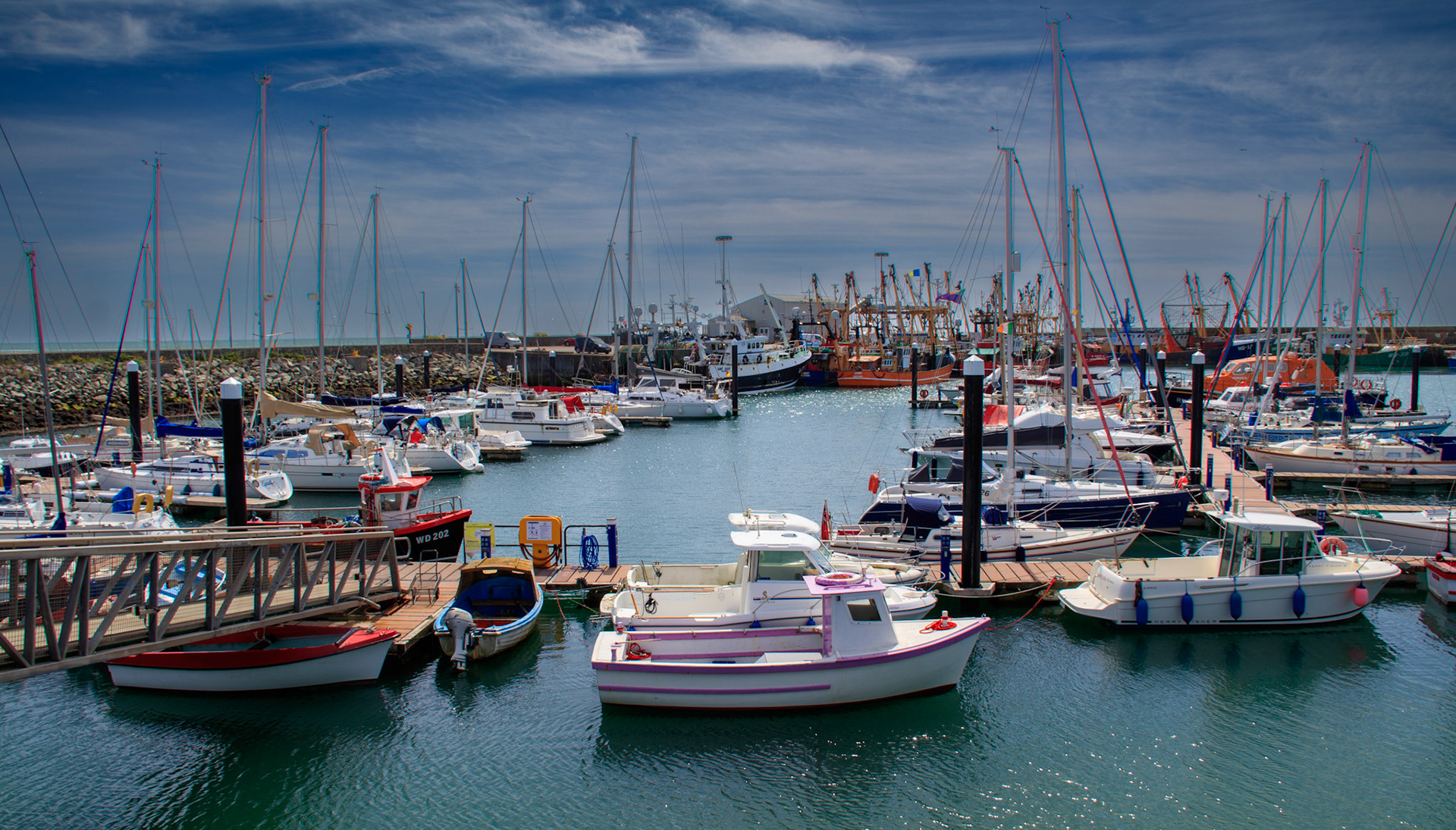
Kilmore Quay Marina

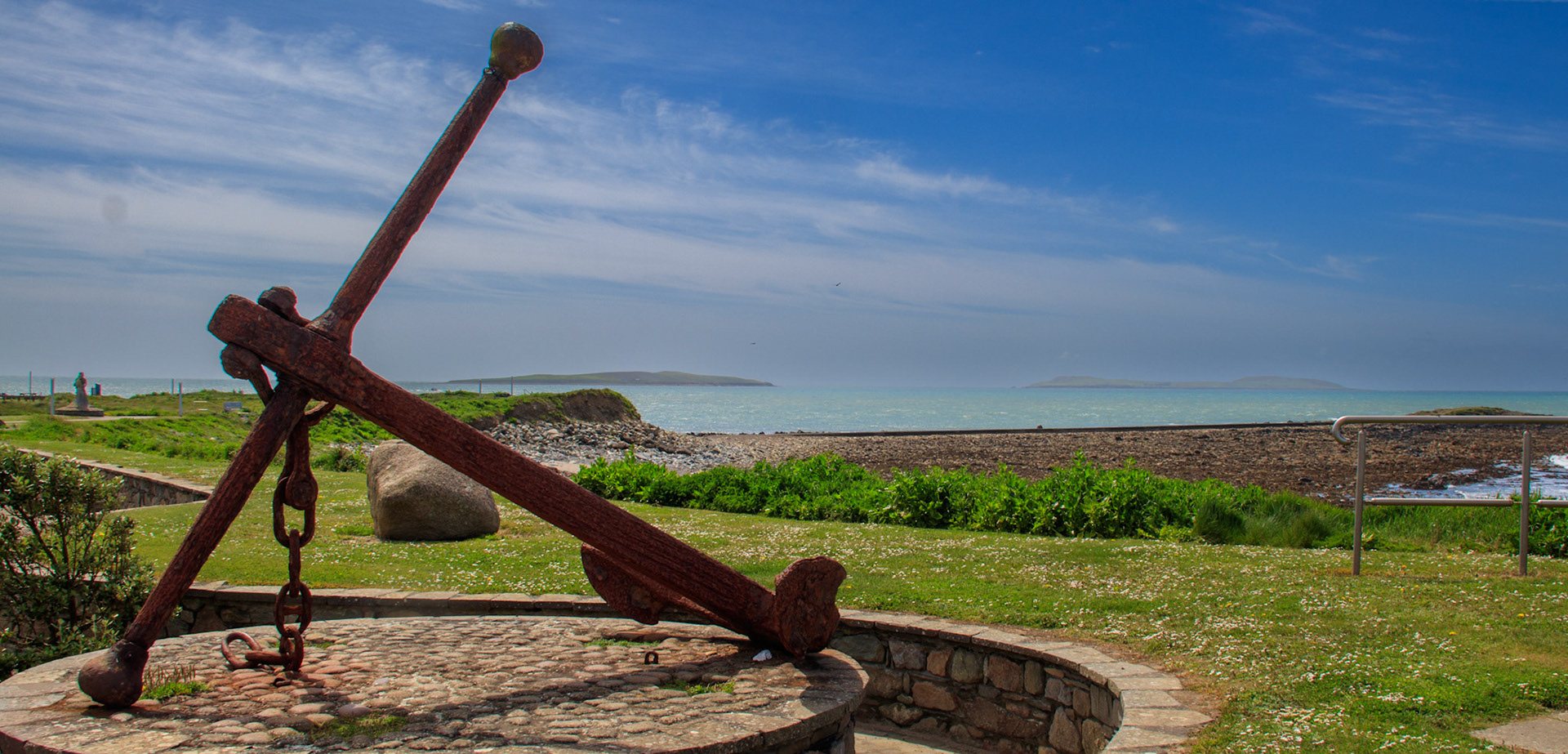
Saltee Islands in the distance.

Black Cap
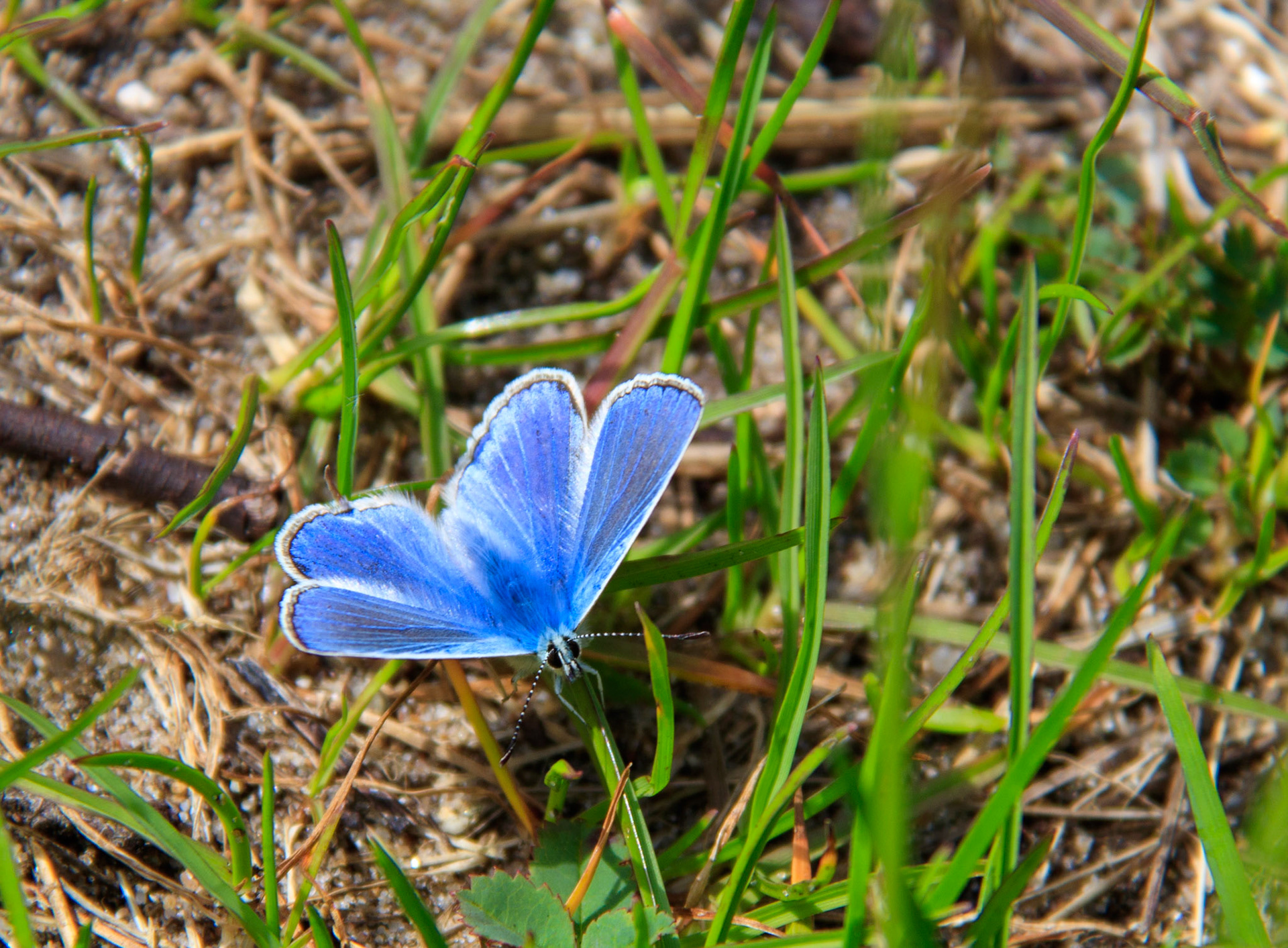
Adonis Blue. A rare butterfly on the at risk of extinction
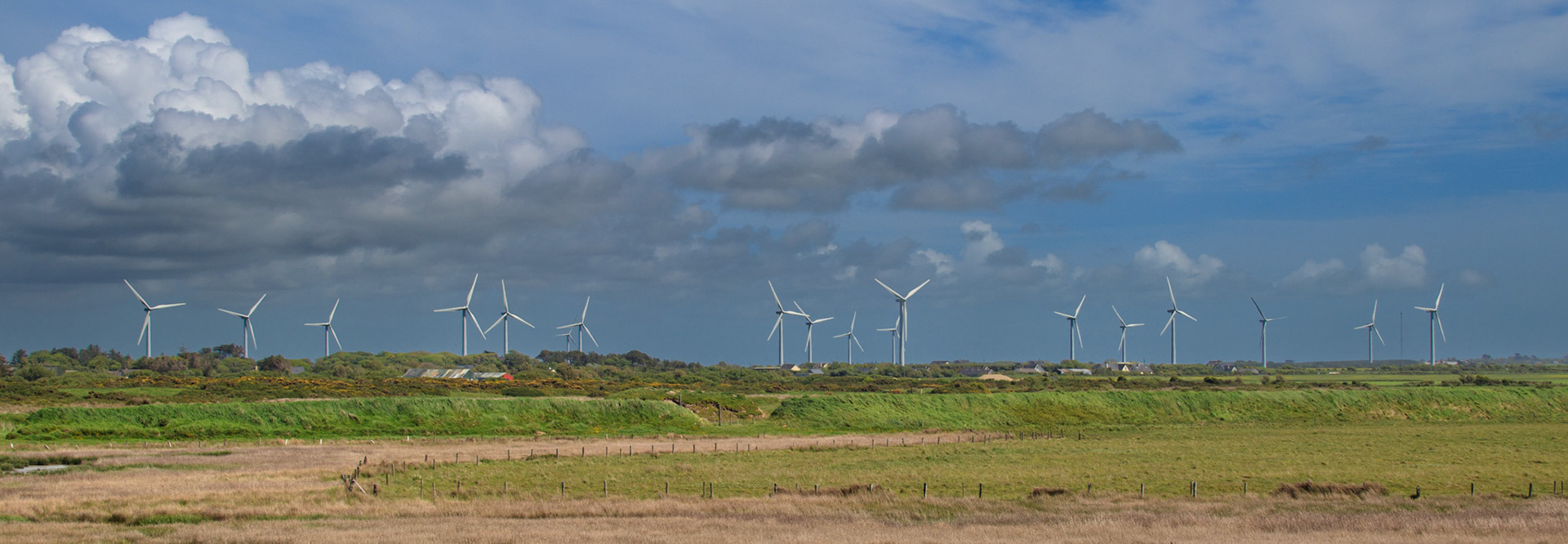
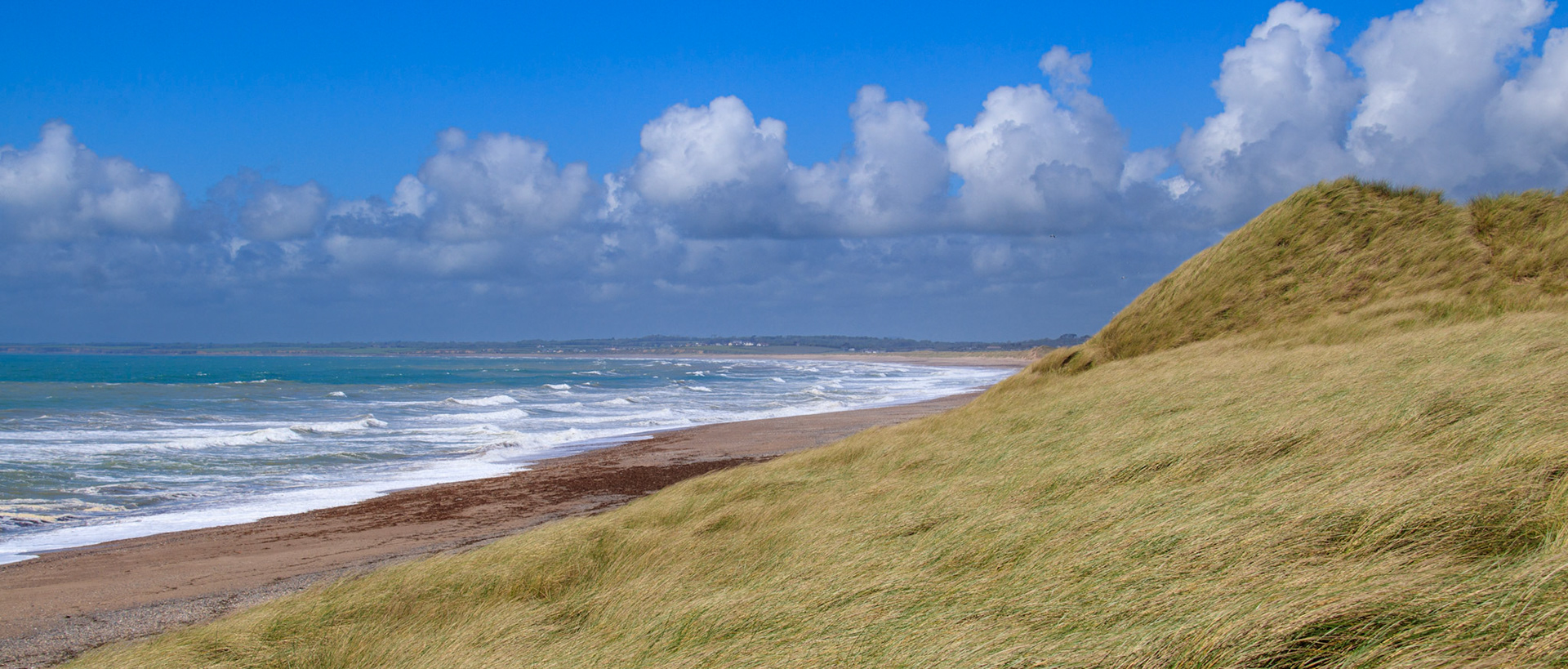
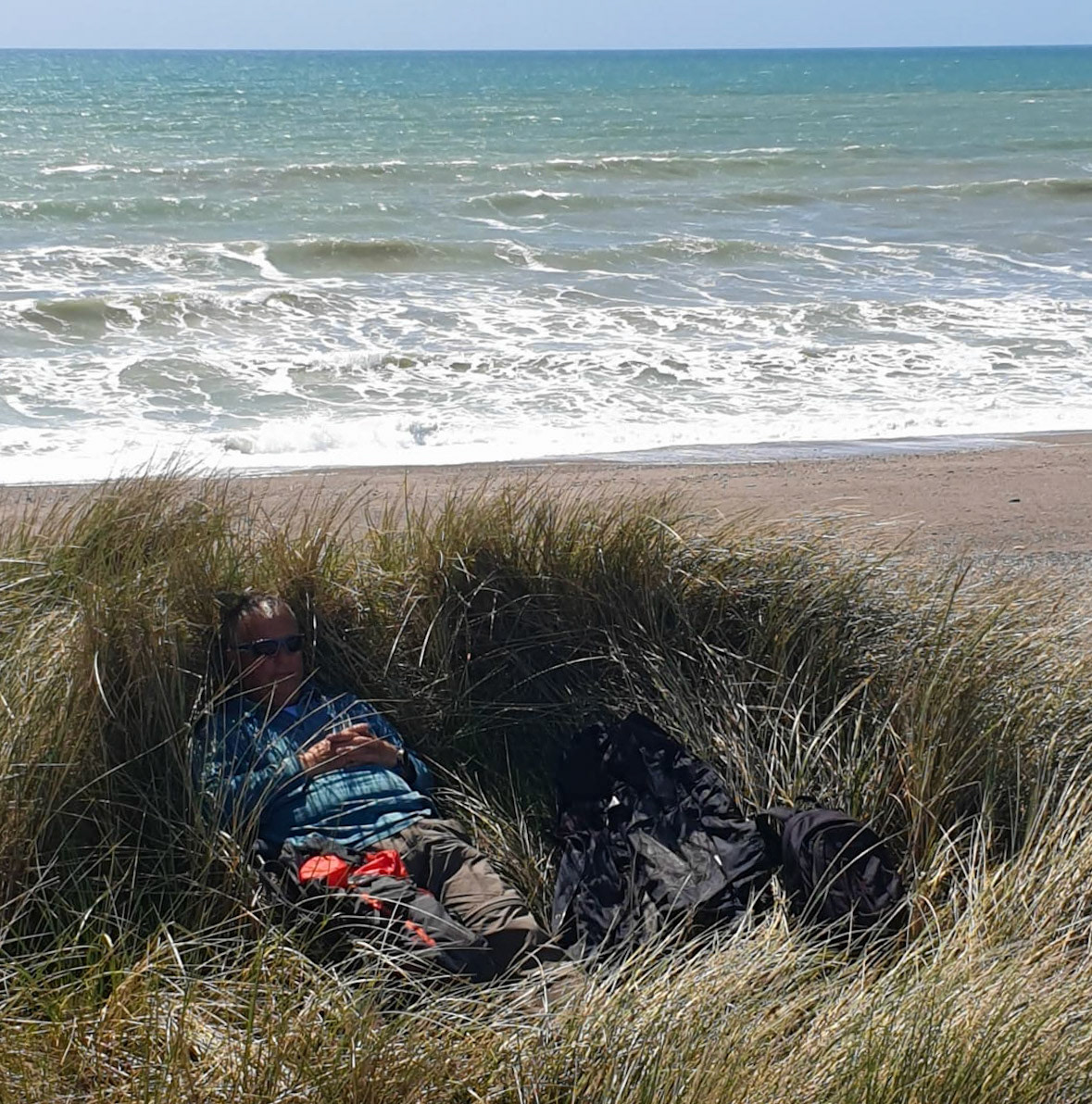
Nesting Hobbit

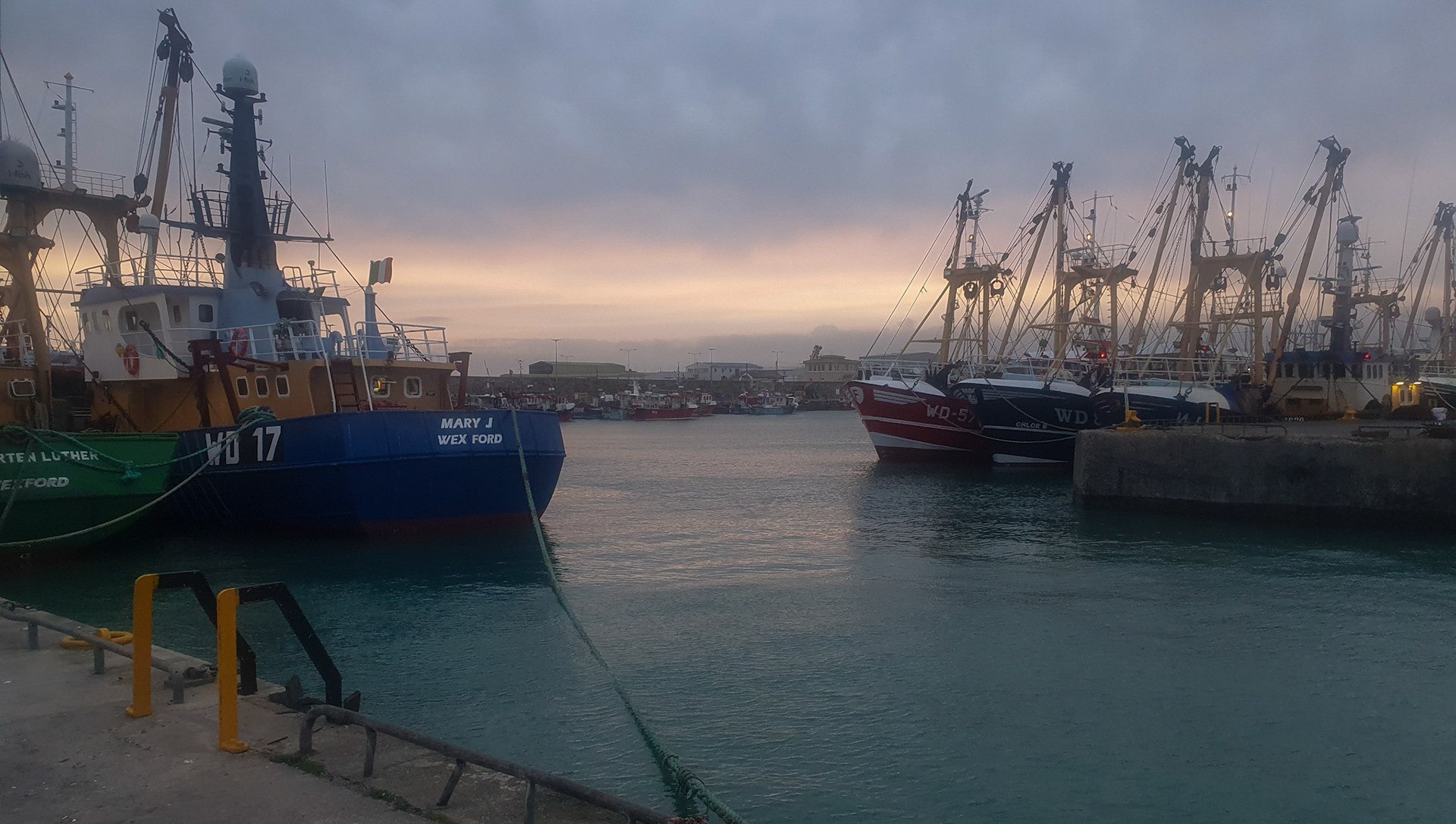
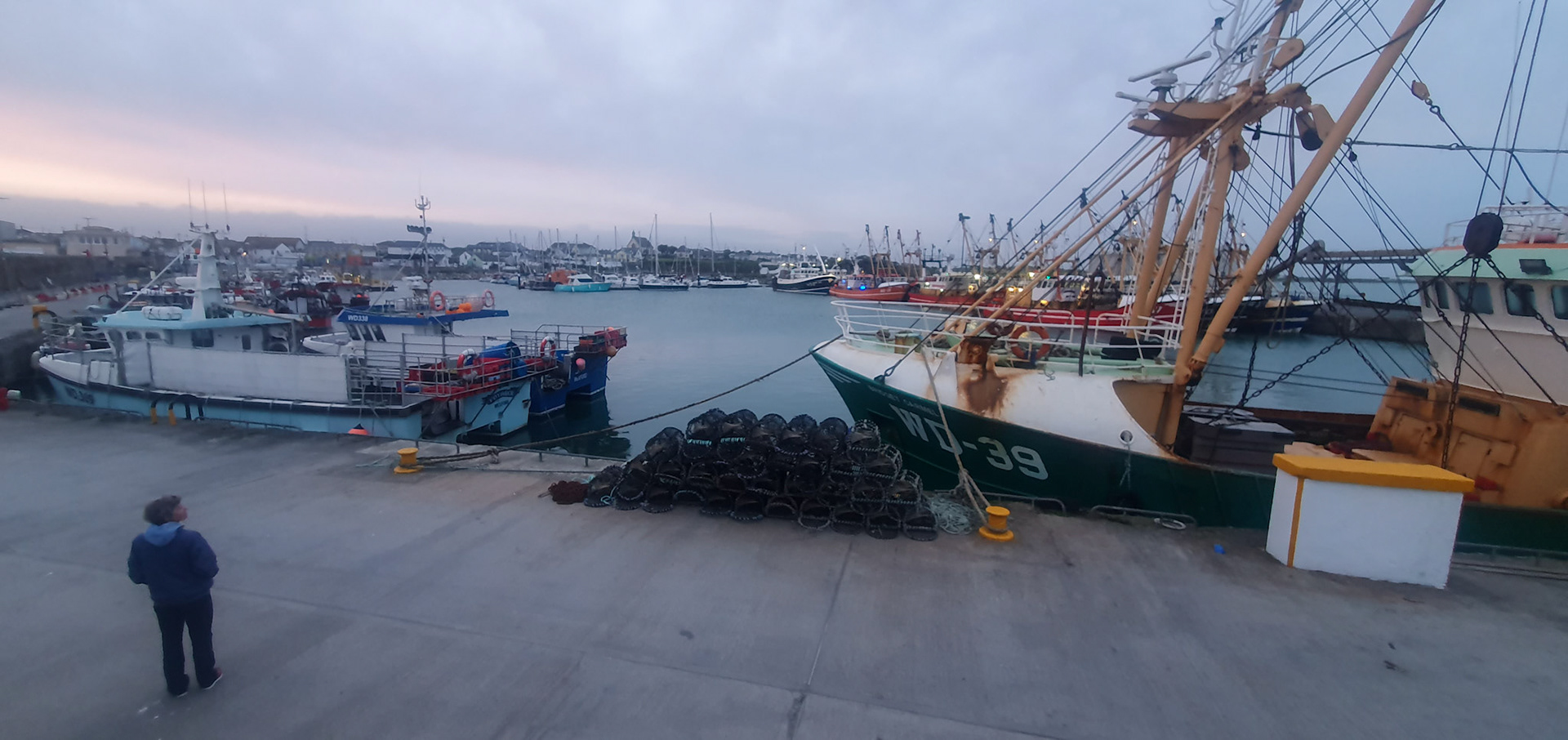
All the fishing boats in port.
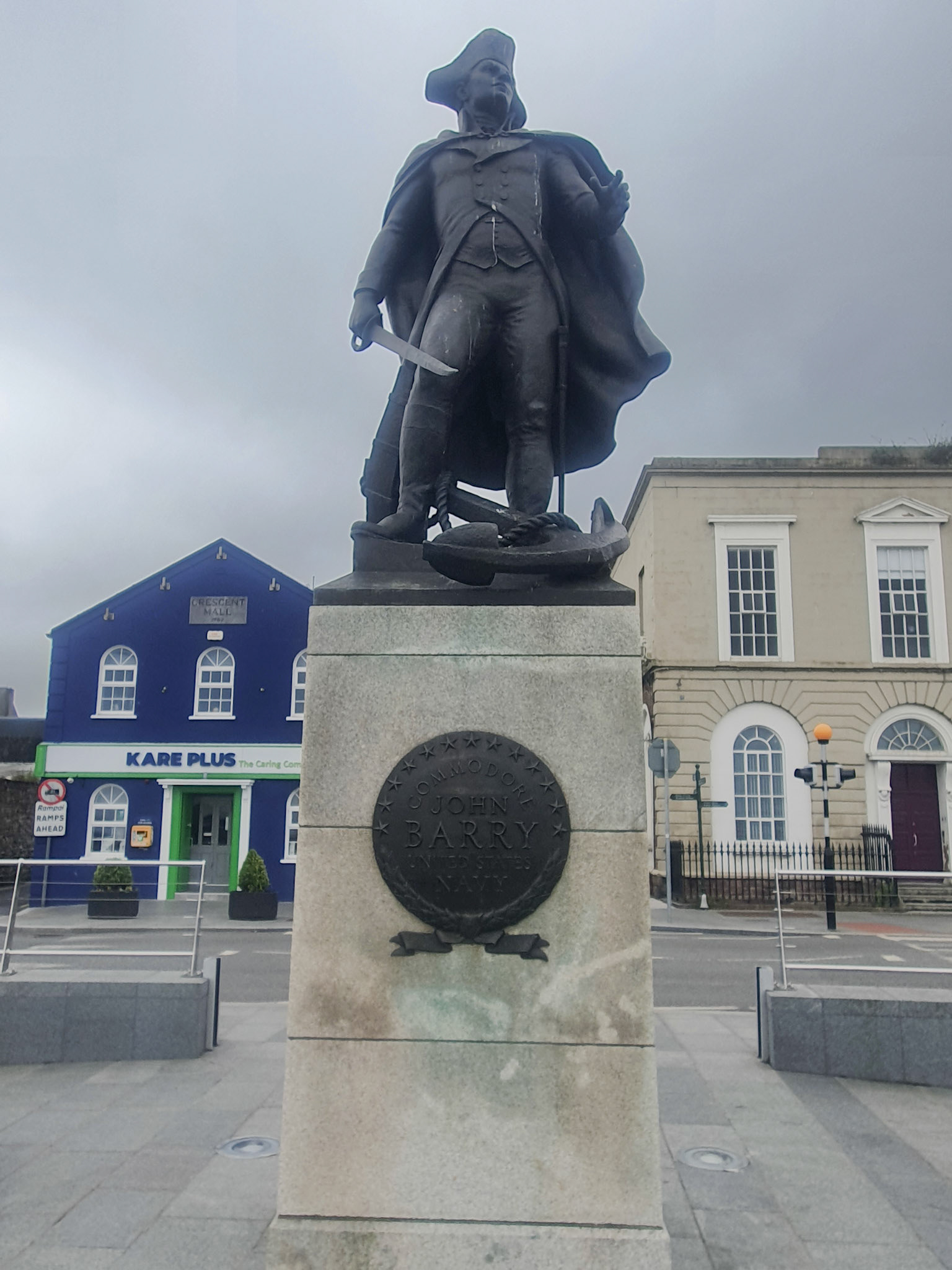
Admiral John Barry in Wexford. Founder of the US Navy
We met a couple of boats we had crossed the Channel with and as they were also stuck we met up for a visit to the local pub on Thursday and Friday evening with music also – it wasn’t open until then - to taste the superb Guinness they served there.
0700 saw us depart Kilmore on an exact reciprocal until we headed round Carnsore Point where we turned north. Another wonderful sail all the way to Arklow, 2 reefs in the main, one in the headsail, quartering seas but no real swell once past the Point. Navigating the numerous sand dunes and taking advantage of the tide we averaged 6.2Kts over the 9 hours. Our friends also went to Arklow, one in a Sadler 26 – solo sailed and 2 up in a Sadler 32.
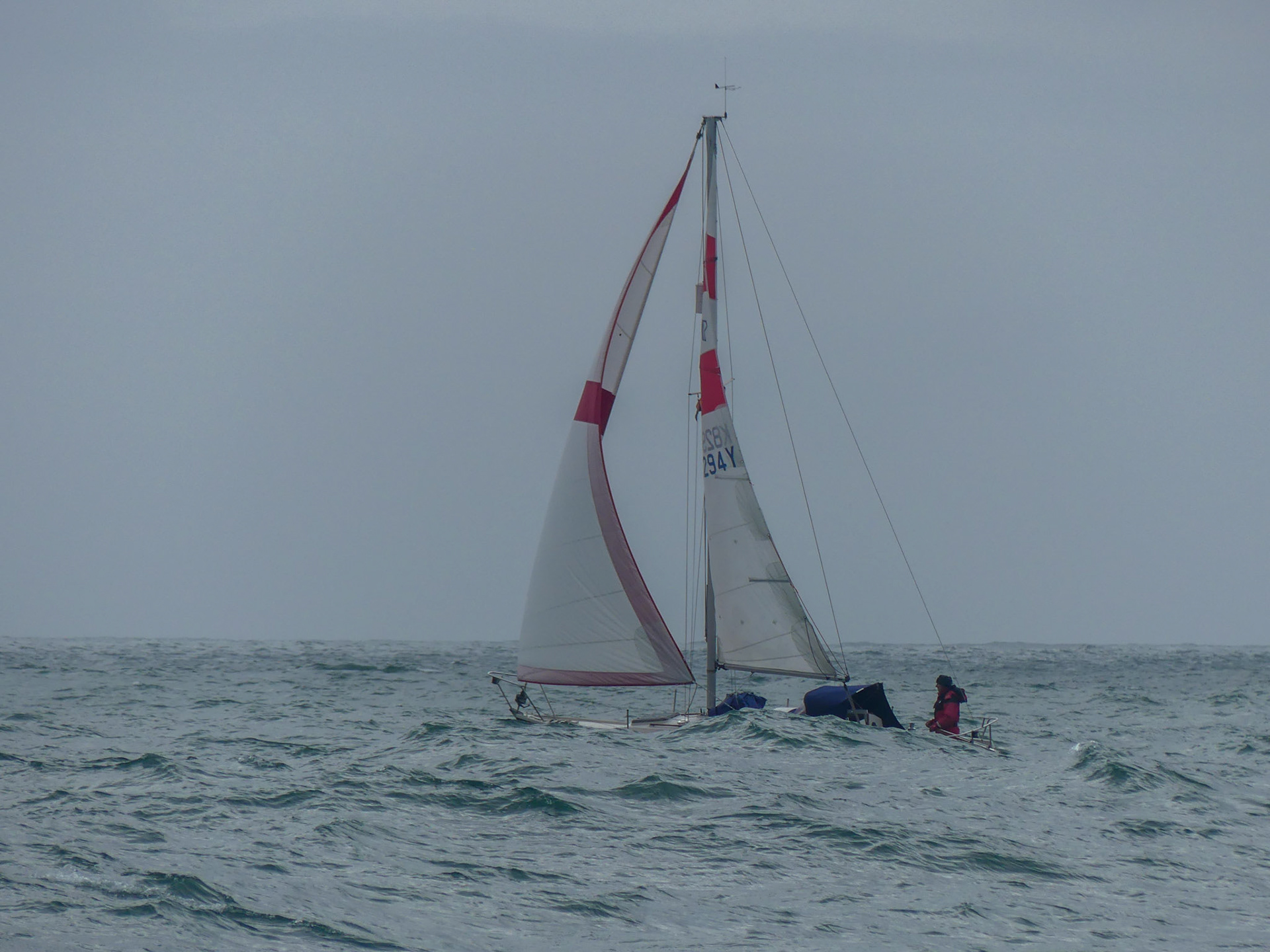
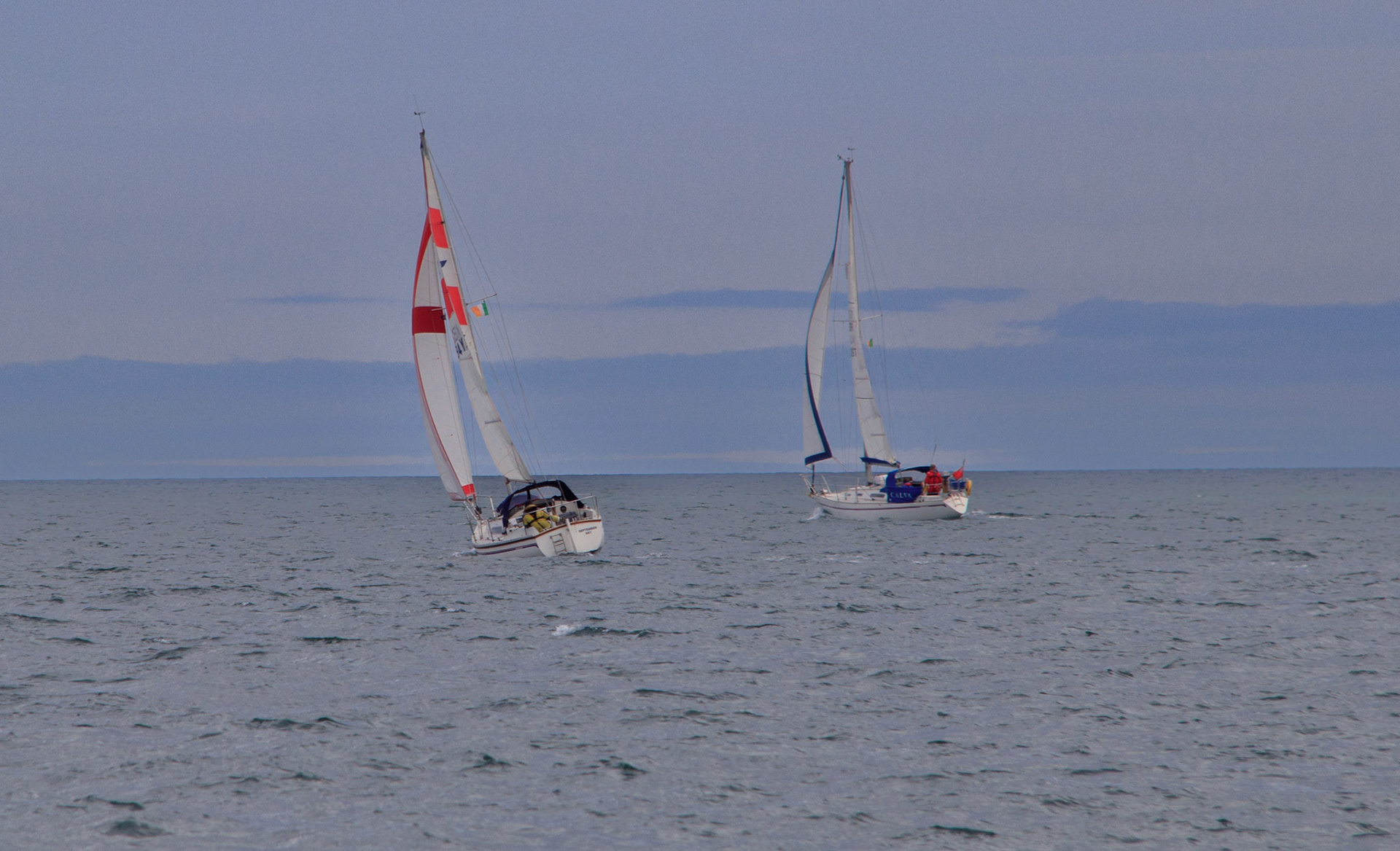
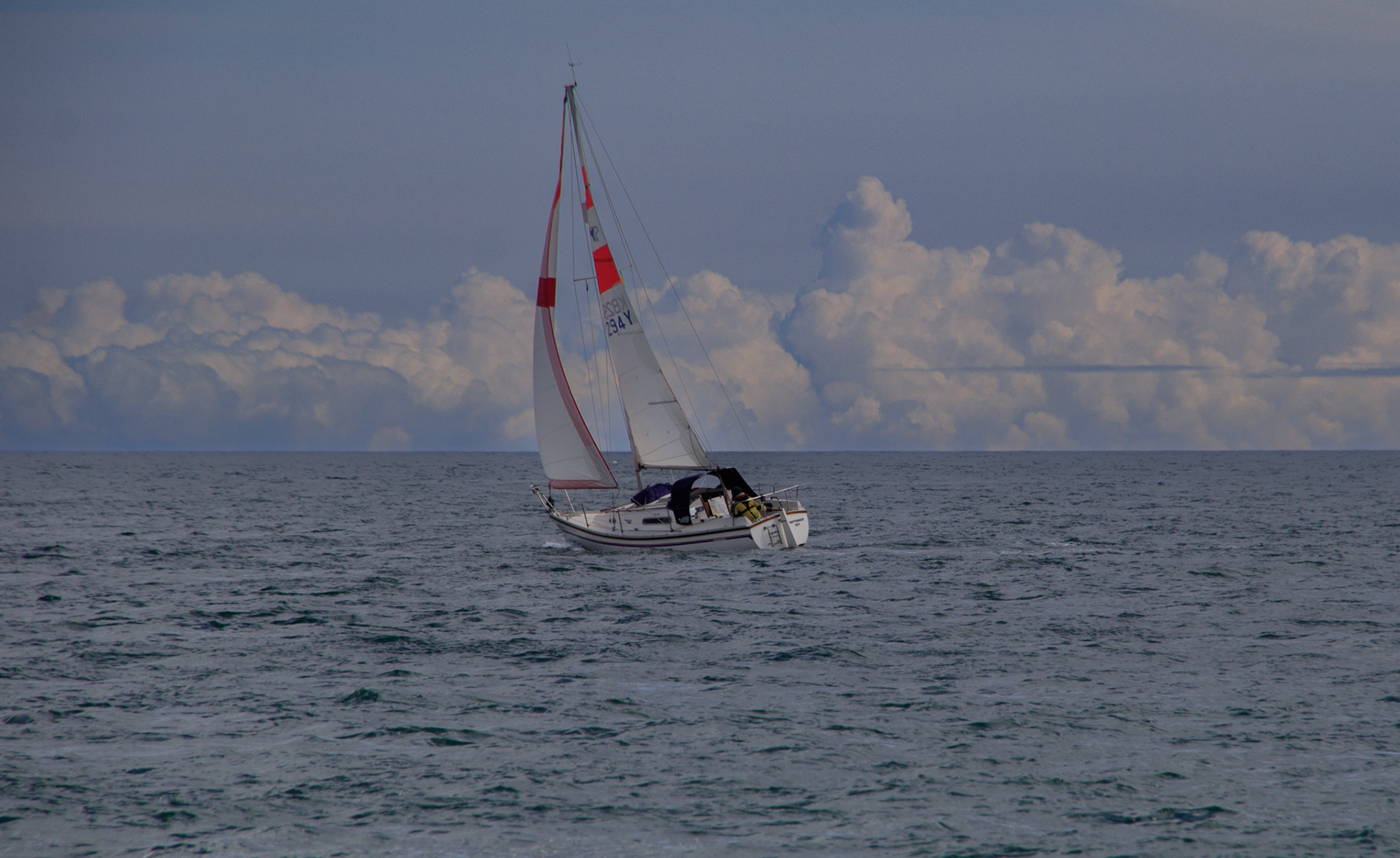



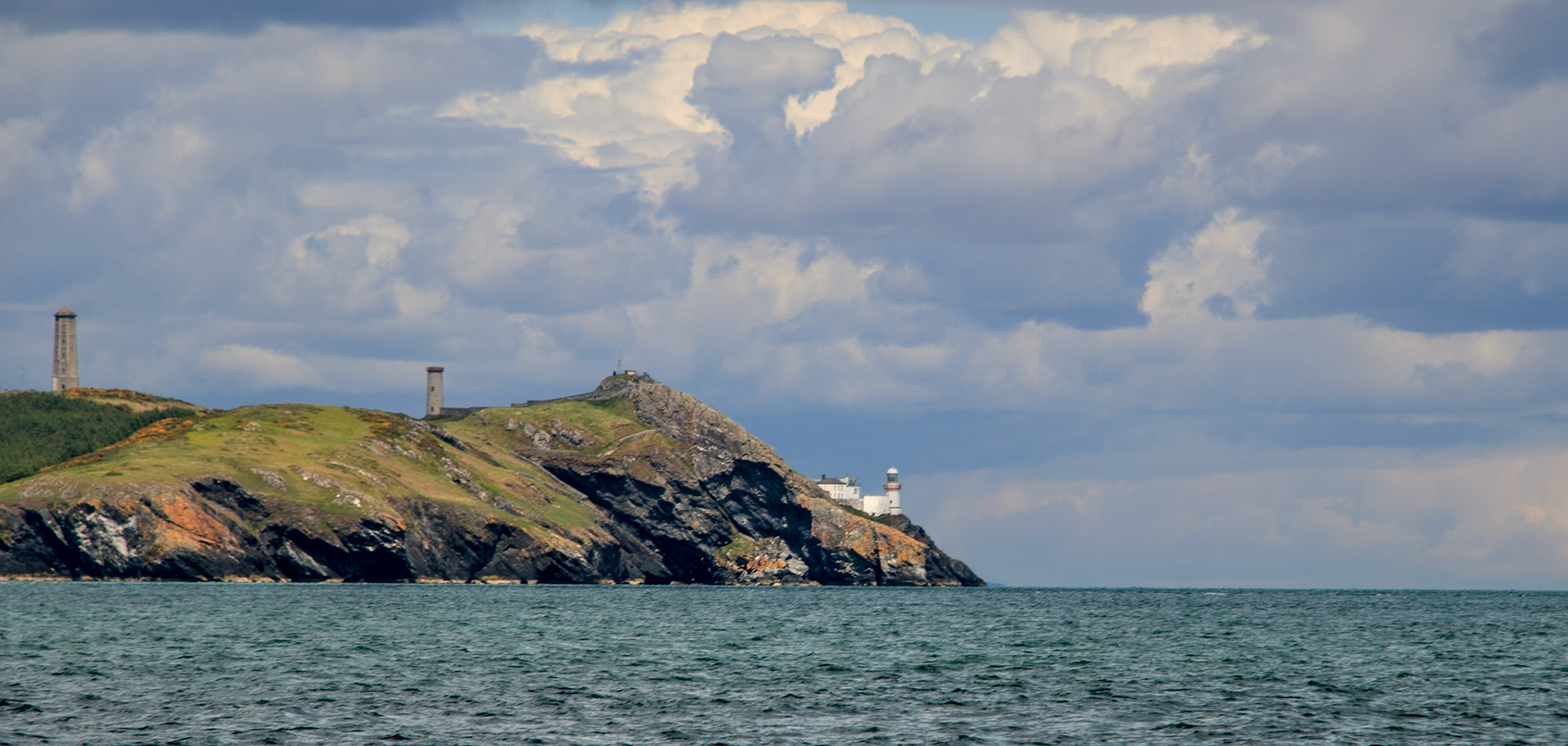

Arklow is a great staging place for passaging further north so we only stayed a couple of nights and left heading for either Dun Laoghaire or Greystones depending on when we ran out of wind. Which we did, just south of Greystones and rather than motor the rest of the way to Dun Laoghaire we pulled into Greystones harbour for a couple of nights. An up and coming marina with space for visitors (they assured us they would never turn anyone away), great showers and the most amazing coast walk called the “The Cliff Walk”. This 8 mile round trip to Bray on the lower path and back on the high route gave us fantastic views all the way across to Wales – Anglesey and possibly the Snowdonia mountain range too.
As we are fast approaching my Goddaughter’s wedding we have decided to visit Dun Laoghaire and stay for a few days leaving the boat there as we cross from Dublin to Holyhead via ferry and then onto London to stay with the family. Returning on the Monday we will hope to go to Ardglass, weather permitting before entering Strangford Lough north of the boarder.
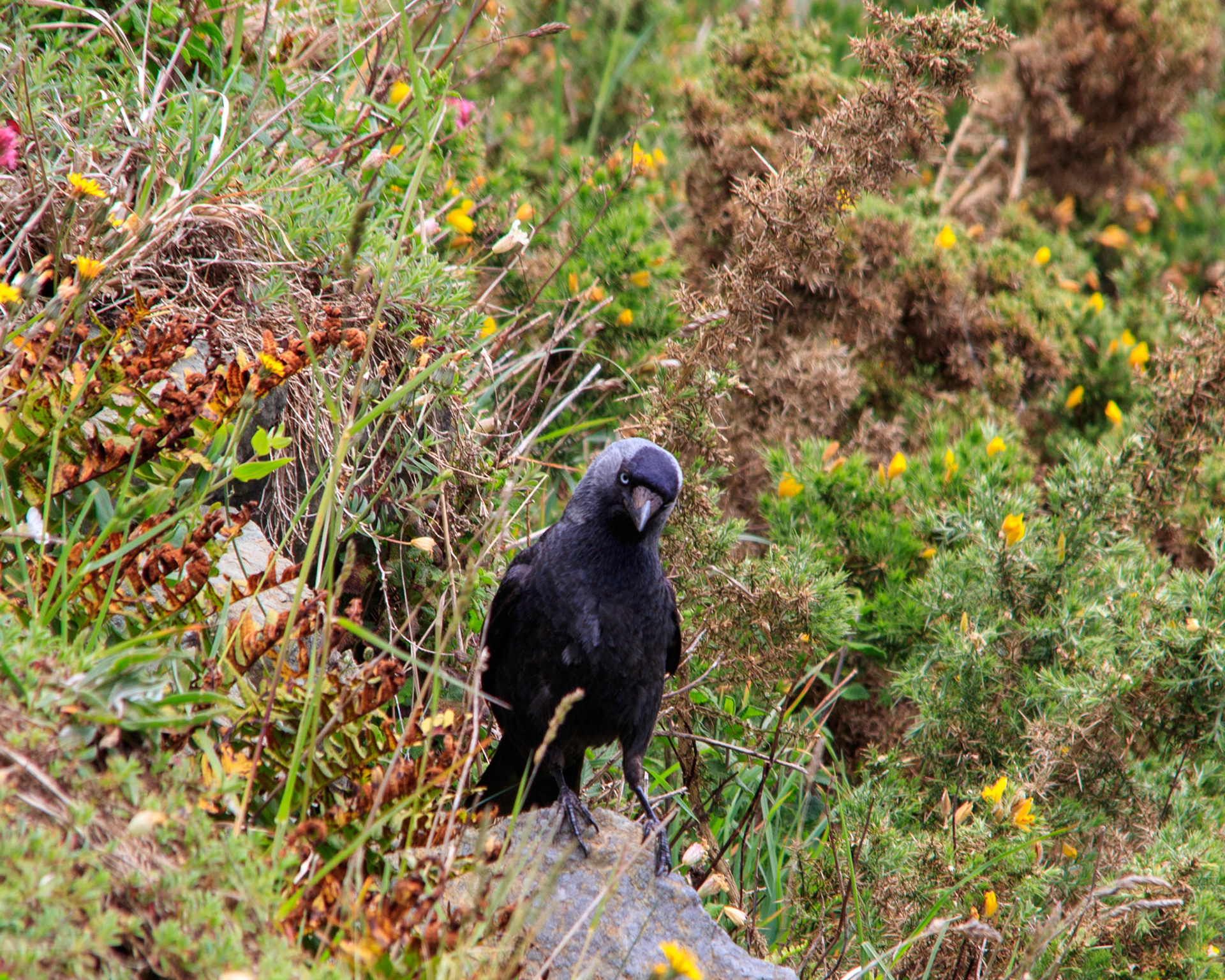

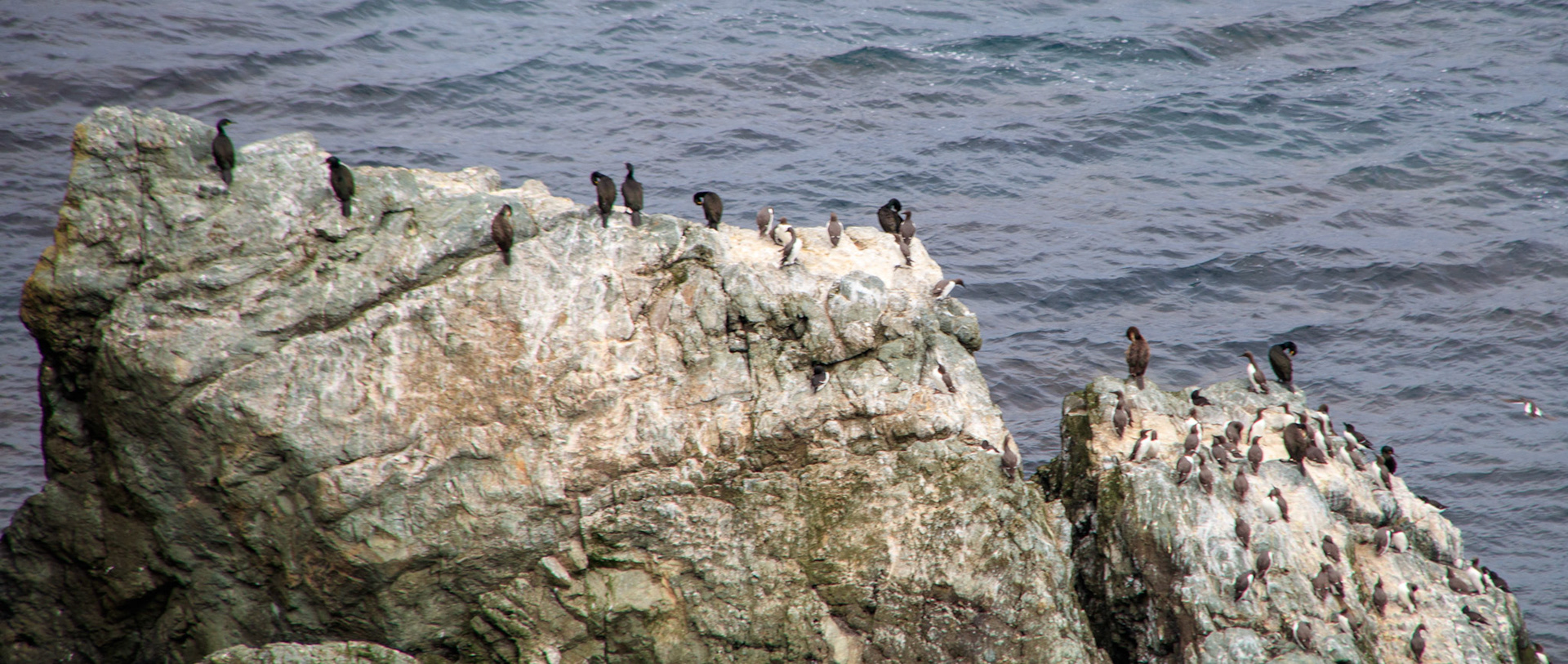
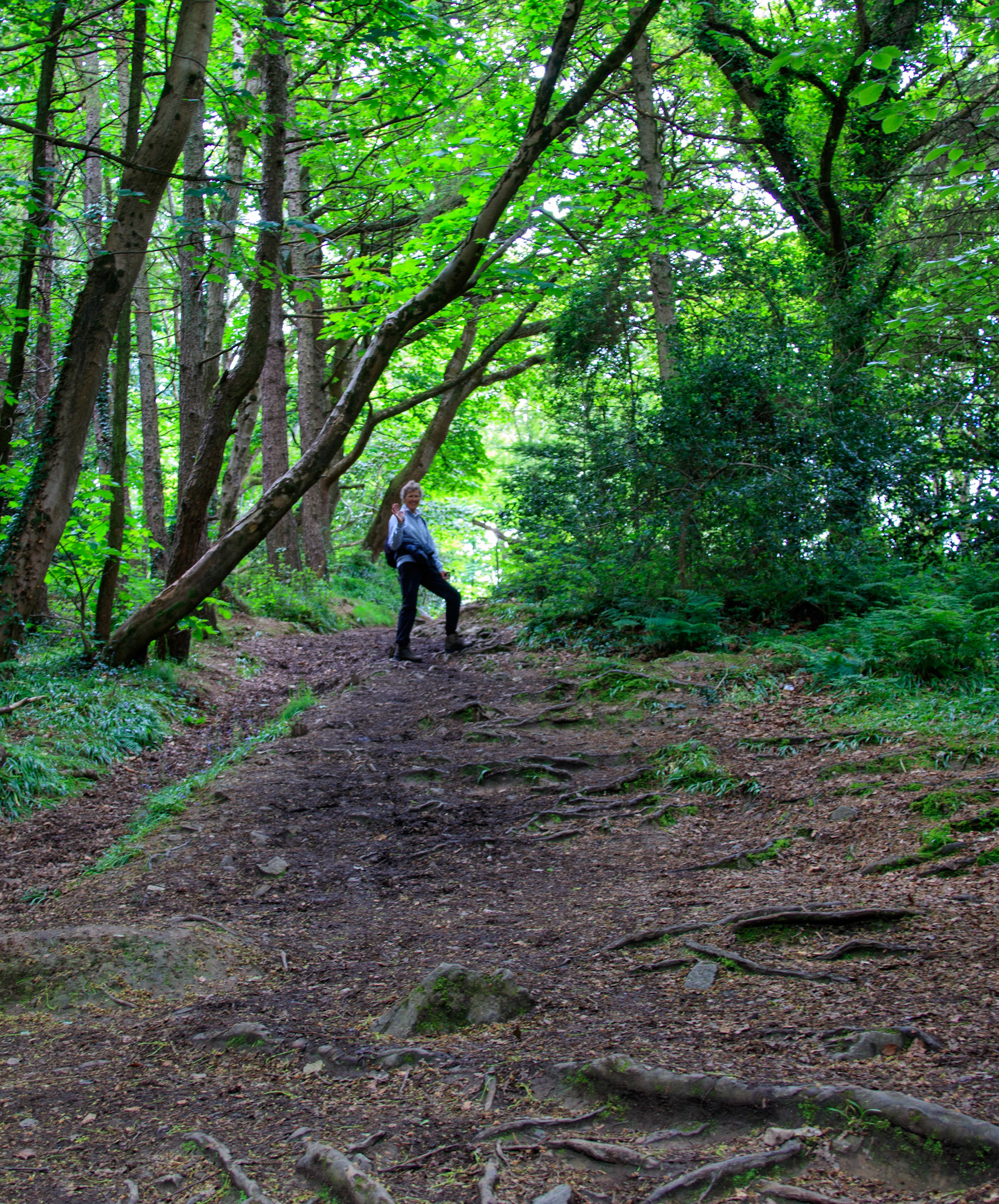
cheeky little scramble!
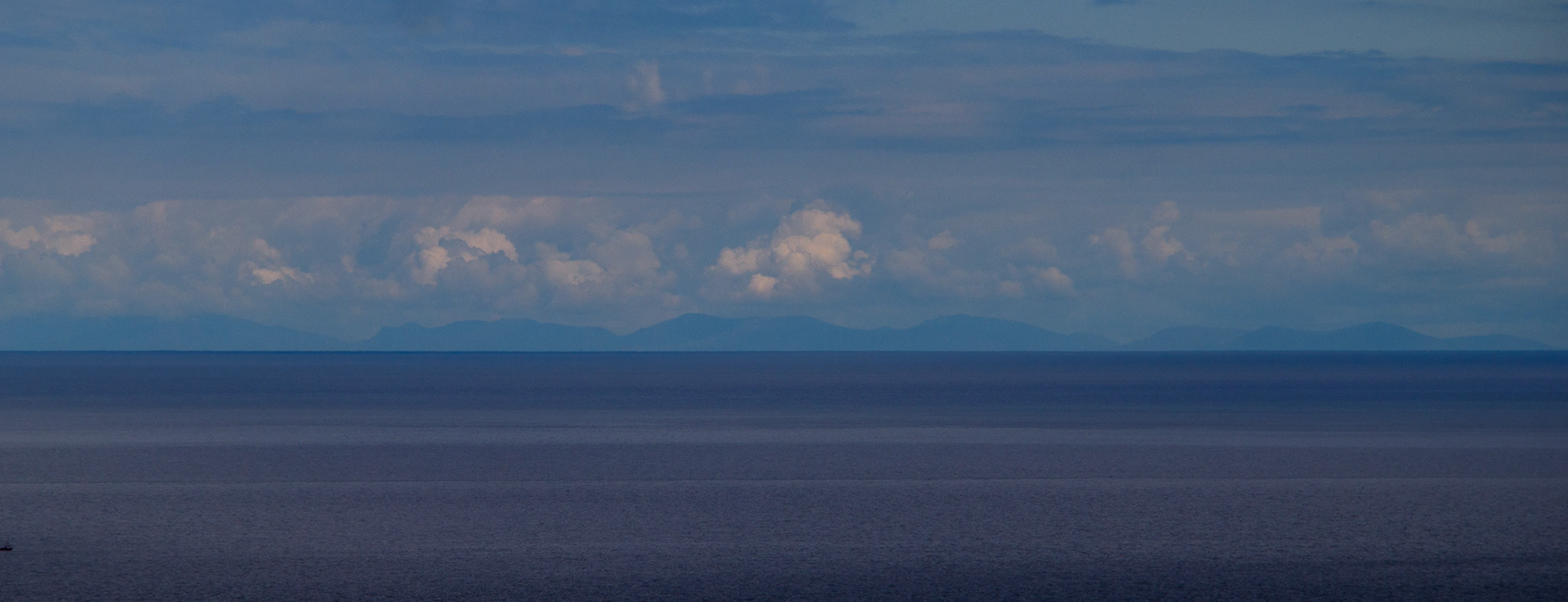
View from 248Mtrs - we think its Snowdonia National Park - 70 miles away
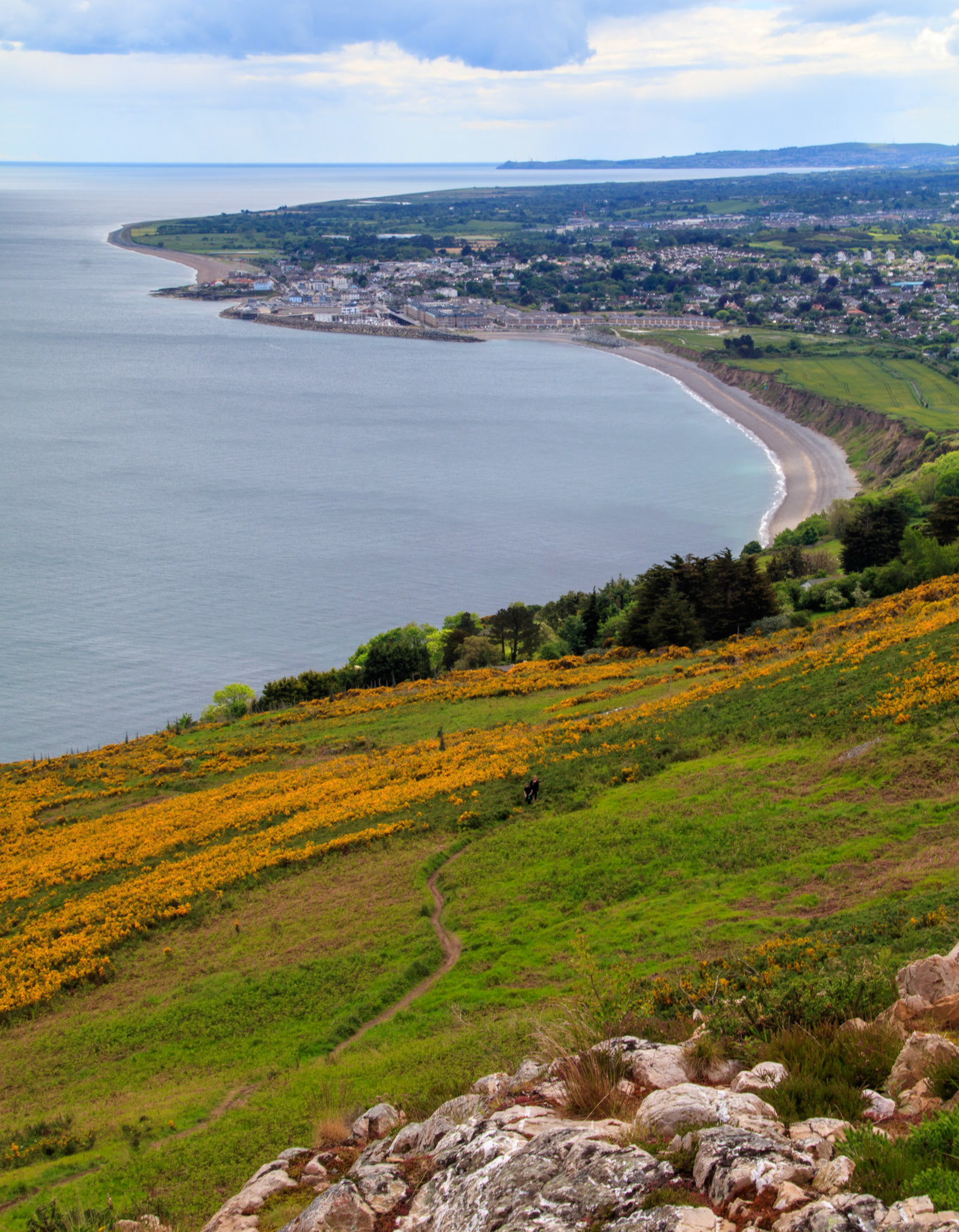
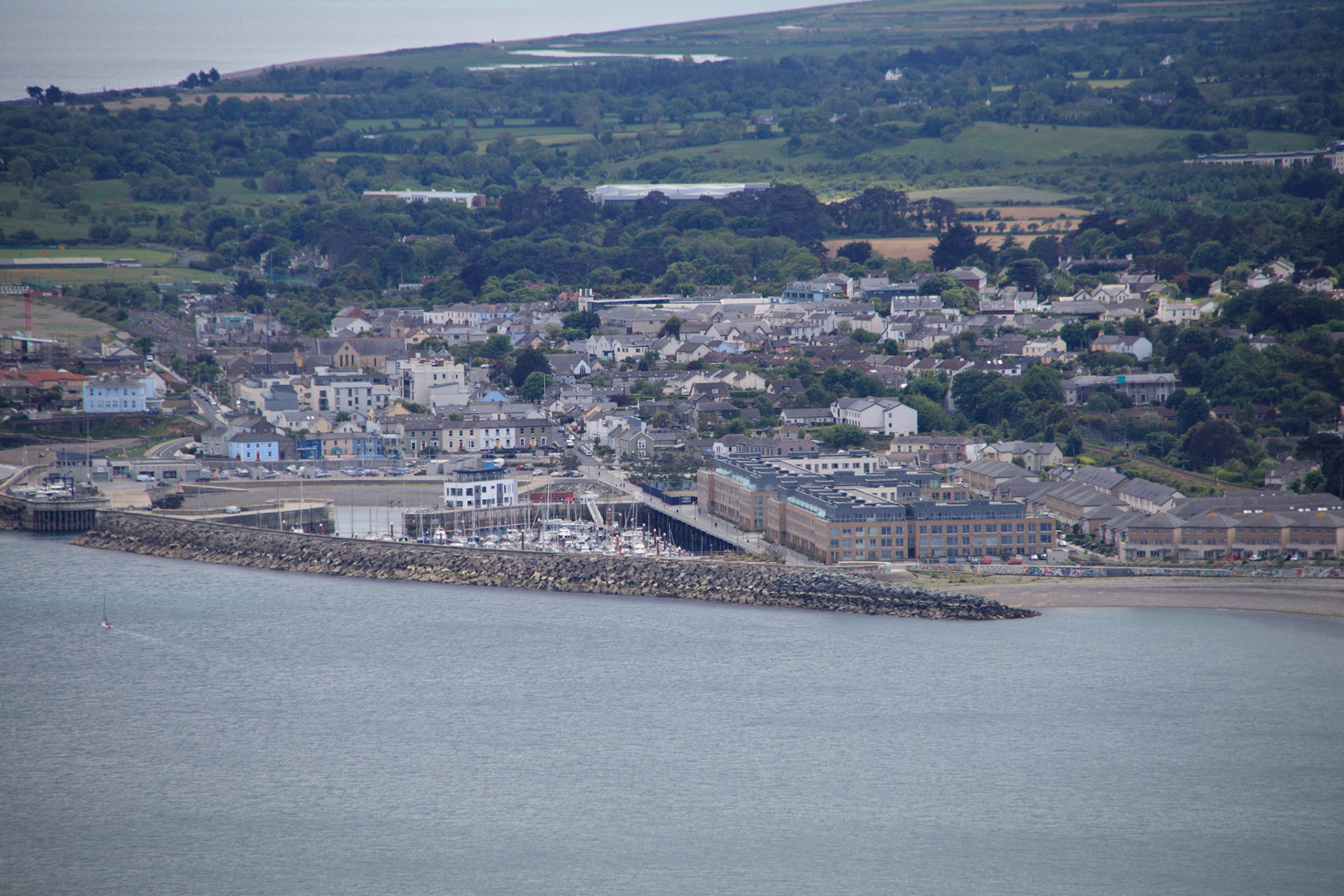
whimbrel is here somewhere

Bray to the left and Dublin in the distance


Today. Decision made, we headed for Dun Laoghaire (pronounced Dun Leery!) as they are able to keep Whimbrel for the week whilst we are away in UK. It was an interesting sail, anticipated 6nm that with the wind conditions eventually took us 2 hours. We sailed under headsail only with a steady 23kts and gusts of 30kts. Lessons learnt - ask a local the best route and passage plan for even the shortest distance. Finally, in 30kts of headwind a 30hp yanmar engine is not happy without some sail assistance. (Go yachting!)